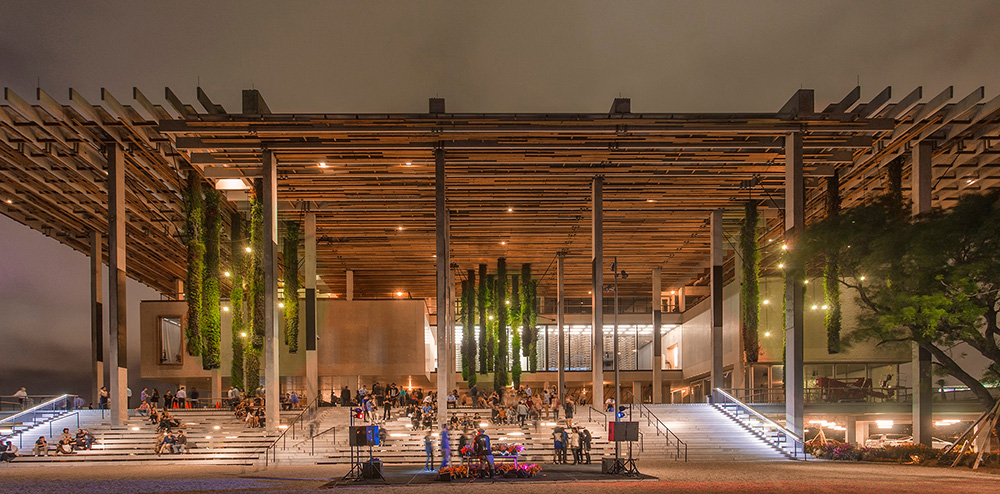Perez Art Museum Miami is located in Maurice A. Ferre Park right next to the Atlantic Ocean. The museum shelters a diverse range of artworks especially from Latin American Art produced in different disciplines. It offers a refreshing experience to its audience with its architecture, built by the award-winning architecture company Herzog & de Meuron.
The museum is founded in 1984 with the name as the Center of the Fine Arts. In 2013, the renowned real estate company owner and art collector Jorge M. Perez have made the name of the present-day Miami Jorge M. Perez Art Museum with his generous donations to the museum collection. The museum was hosting only periodical exhibitions until 1996, after this time, the creation of its collection has initiated.
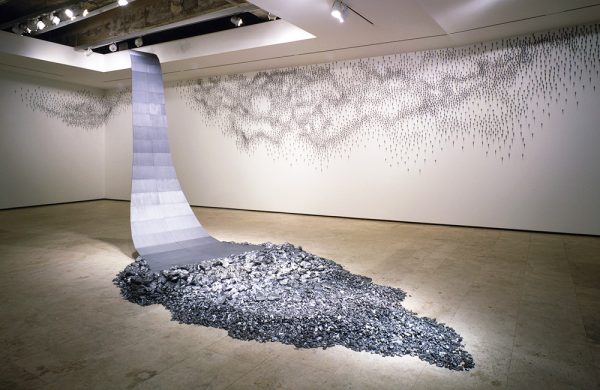
Today, the museum collection is considered the most important art collection which includes a diverse range of Latin American artworks from the artists living around the Atlantic coasts. Among these countries, the works of Cuban artists’ entity is considerable. The donations received from outside have always been of great importance during the creation of the collection. In particular with Jorge Perez’s donation of $10 million in 2016, 5 million have stipulated to spend on the purchases of works of Cuban artists. In the collection artists such as Dan Flavin, Olafur Eliasson, Joseph Cornell, Frank Stella, Kiki Smith, Diego Rivera, and Beatriz Gonzalez are significant.
Permanent and Temporary Exhibitions
Gift of Art
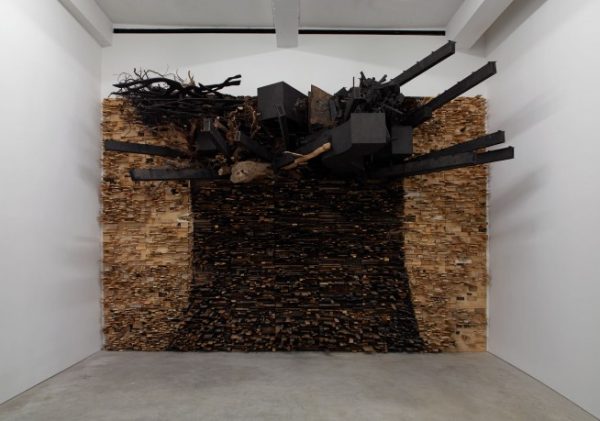
The permanent exhibition entitled ‘Gift of Art’ celebrates the 35th anniversary of the establishment of the museum. The exhibition is curated with the idea of sharing the art as a gift. As a place that protects, maintains and shares the artworks and pursues their continuity, the exhibition includes the artworks donated by the prominent art collectors to the museum collection until today. The artists such as Carmen Herrera, Leonardo Drew, Sheila Hicks, Jose Bedia are exhibited.
Apart from the permanent exhibition, the museum is currently hosting seven temporary exhibitions. Among these exhibitions two of them are worth to see; Teresita Fernandez, an artist who examines the relationship between nature, history, and identity, her retrospective includes large-scale sculptures, installations and mixed-media works produced from the 1990s to present. Another temporary exhibition includes George Segal’s realistic sculptures are being exhibited for the first time, derive from the holy book.
Sculpture Garden
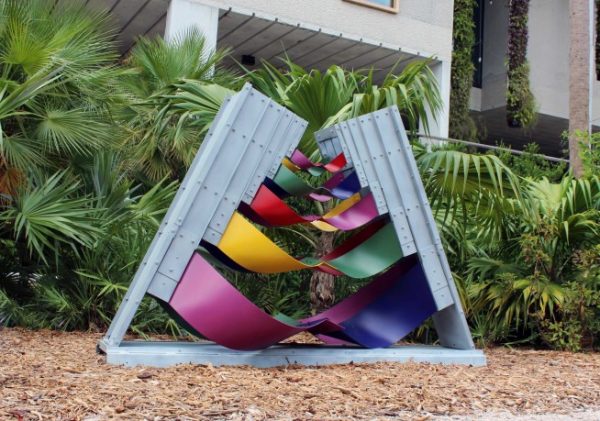
The museum’s extensive sculpture garden includes sculptures and large-scale installations produced by artists such as Anthony Caro, Gonzalo Fonseca, Edgar Negret and Ernesto Neto.
Inside/Out Project
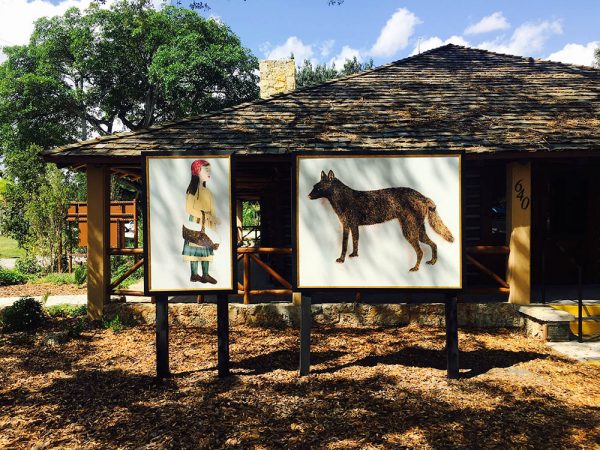
The project is being implemented by many museums around the US. Within this project, high-resolution reproductions of the works from the collection of the museums are carried to various public spaces around city centers. The project was first implemented by the Detroit Institute of Art, has initiated by the idea to make art more accessible and attractive. The project also encourages people to talk about art and to open an awareness through it. Inside/Out project is supported by the Knight Foundation.
Vertical Gardens

One of the most striking features of the museum is the vertical gardens used in its architecture. As being a part of the city park, the green areas around the museum is designed to mirror the general atmosphere of the city. Not only aesthetically, but it also proposes an experience to connect with the city’s identity. The vertical gardens of the museum, consisting of tropical plants extending downward at the outside veranda, form a passage between the museum-the park and the city.
Protest to the Museum

The museum met with the reaction of Maximo Caminero, a local artist from Florida in 2014. A vase that belongs to the Chinese artist Ai Weiwei’s installation, had thrown to the ground and it was worth about $1 million. With this protest, Maximo Caminero defended the necessity of the museum to host more local artists. He received a penalty of 10 months on parole in the course of his protest and forbidden to visit museums during the period.
Sena Arcak Bağcılar

